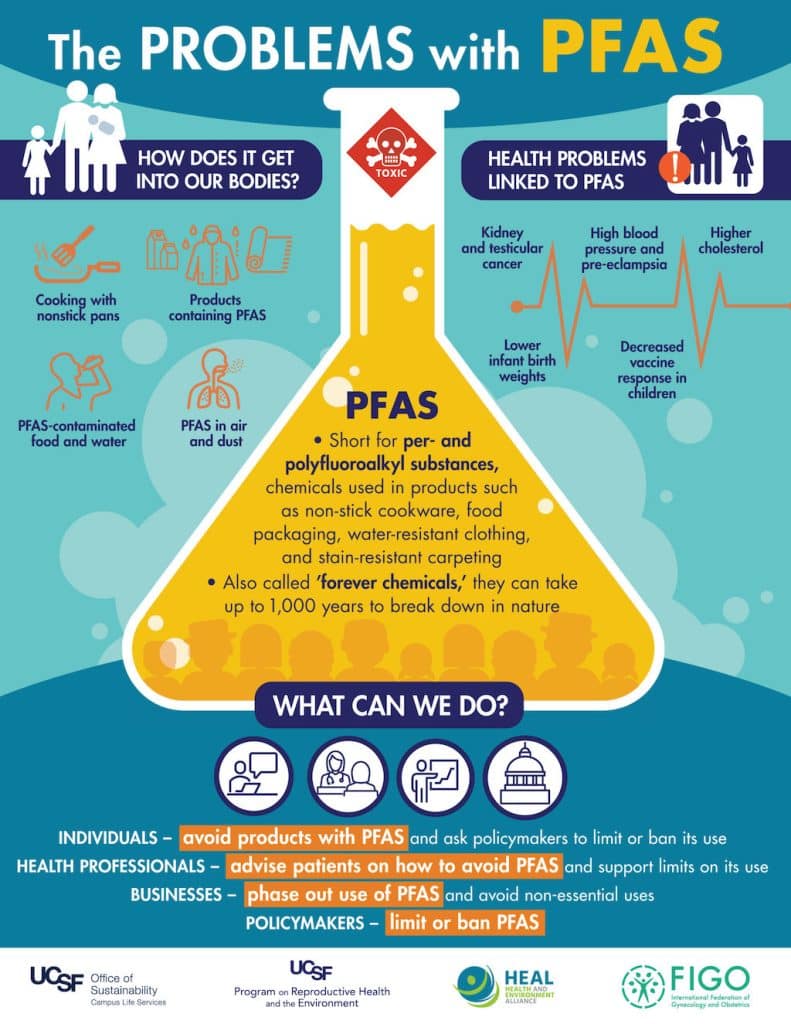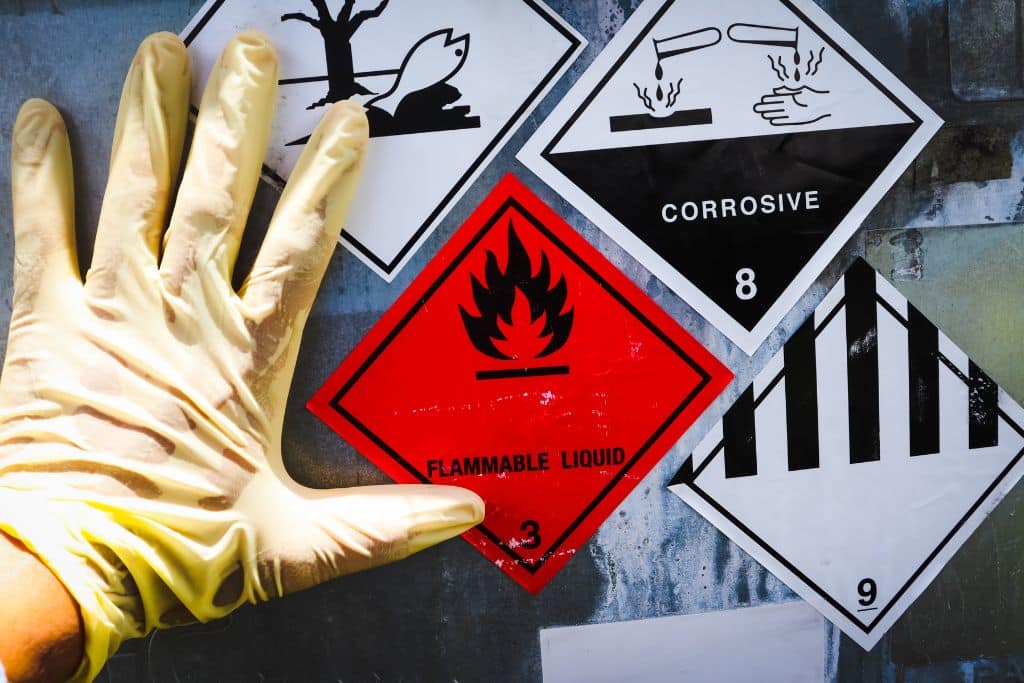A group of former and current European leaders had their blood tested for forever chemicals last year as part of an awareness campaign on the threats these substances pose to human health.
—
A dozen European Union (EU) leaders, including former climate chief Frans Timmermans and current environment commissioner Virginijus Sinkevičious, have called for a Europe-wide ban on the use of toxic forever chemicals.
“They invade our environment, home-grown vegetables, fish, and our bodies, where they persist forever. We must stop all emissions of this legalized garbage – we call on Europe to fully ban the use of these chemicals,” said former EU climate chief Timmermans, who was among a group of eleven past and present EU officials who had their blood tested for 13 forever chemicals as part of an awareness campaign launched last year by the European Environmental Bureau (EEB) and Sweden-based International Chemical Secretariat (ChemSec).
Also known as per- and polyfluoroalkyl substances (PFAS), forever chemicals refer to a group of more than 12,000 heat-resistant, oil-resistant, and water-resistant chemicals first introduced in the 1930s and found in hundreds of products including stain- and water-resistant fabrics and carpeting, makeup, cleaning products, paints, and fire-fighting foams. PFAS can stay in human bodies for years and affect almost every organ system, leading to severe diseases including cancers, high cholesterol, thyroid disease, digestive issues, liver damage, asthma, allergies, and reduced vaccine response in children.
“I took this test because I wanted to help raise awareness of this simple fact: it may still take some time before PFAS are fully replaced, but it’s the right way to go,” said Margrethe Vestager, Executive Vice-President of the European Commission and Commissioner for Competition.

Up to seven toxic substances were found in all European politicians, with five of them exceeding safe levels. The campaign’s organisers concluded that “these levels do not significantly differ from the average exposure of Europeans,” proving that “no one is immune to the presence of PFAS.” Indeed, a five-year programme which saw 13,000 people from 28 European countries being tested for the presence of 18 substances concluded last year that “the population is exposed to ‘alarmingly high’ levels of hazardous chemicals, especially of children,” despite Europe having one of the strongest chemical control systems in the world, with some of the seven PFAS tested already banned and others regulated.
But forever chemicals are not just an issue in Europe.
A study published in July 2023 that assessed both private and public drinking water sources across the US revealed that toxic forever chemicals are present in nearly half of the country’s tap water and about 70% of urban tap water sources. Despite no substantial difference in PFAS concentrations between public and private water sources, the survey found great variation between urban and rural sources.
Previous research by Harvard T.H. Chan School of Public Health found that people who live in communities with higher proportions of Black and Hispanic/Latino residents are more likely to be exposed to PFAS in their water supplies, citing the disproportionate siting of sources of PFAS pollution such as manufacturers, airports, wastewater treatment plants, and landfills, near watersheds serving these communities.
Just days before the release of the study, chemical and manufacturer 3M reached a $10.3 billion settlement with American cities and towns that claimed the company was responsible for PFAS contamination of their public water systems.
You might also like: Causes of Water Pollution And How We Can Reduce It


















